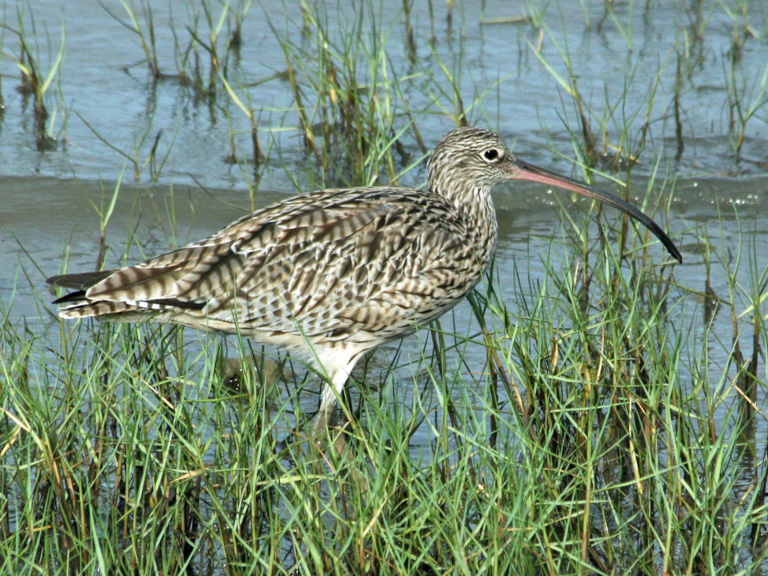- A new study has found that incorporating threats, actions and costs into the selection of priority species for conservation can markedly increase the efficiency of these efforts.
- The researchers created a new list of “umbrella” species for Australia, incorporating these factors.
- They found that the new list of umbrella species would lend protection to 46% of Australia’s threatened species — a sevenfold increase over the current list.
Governments could vastly improve the efficiency of money spent on conservation if they took a hard look at the species they prioritize, according to a recent study.
The research probed the benefits of using “umbrella species” — key species that, by overlapping with other species, provide them with indirect protection — to guide conservation policies in Australia.
“We noticed that many countries, including Australia, use umbrella species to target management,” Michelle Ward, the study’s lead author and a Ph.D. student at the University of Queensland, told Mongabay in an email. “However, the method of choosing these species is generally ad hoc in fashion, and doesn’t consider the actual management strategies needed to recover species.”

In Australia and other parts of the world, range size is used to pick out these species, the theory being that protecting far-ranging species will inherently protect the other plants and animals found in those areas. Ward and her colleagues found that the 73 species that Australia’s federal government has listed as umbrella species only protect 6% of the country’s threatened plants and animals.
The team reported their findings Nov. 5 in the journal Conservation Biology.
The team wondered if a more nuanced selection process — one that incorporated not just species’ ranges size, but the specific threats they face, the actions required to address those threats and what they might cost — might pull in other species.
They began with maps showing the distributions and threats facing the nearly 1,800 threatened land animals in Australia. They then looked at the costs of the necessary actions to address those threats. When a species overlapped in both its geographic range and its threats with other species with relatively “cost-effective” management actions, it made the umbrella list.

That meant that species like the koala, red goshawk and purple clover made the list, Ward said in a statement, even though they’re not currently listed as umbrella species by the Australian government.
Using Australia as a case study, the team found that this revised list would protect 46% of threatened species — what amounts to a sevenfold increase compared with the current list — without spending any more money on conservation.
“[W]e thought it would be more efficient, but 7 times is striking,” Ward said.
She said their approach could be used for other countries as well.
![A red goshawk. Image by Summerdrought [CC BY-SA (https://creativecommons.org/licenses/by-sa/4.0)].](https://imgs.mongabay.com/wp-content/uploads/sites/20/2020/01/14075609/Red_goshawk_Cape_York_img_1900.jpg)
The researchers also developed the study with policymakers in mind. Senior author Hugh Possingham said he’s confident that they’ll see the value in this approach.
“All our papers that push return on investment thinking and smart decision-making are enthusiastically embraced by senior managers in government, who often have an economics background,” said Possingham, who is chief scientist at the Nature Conservancy and a professor at the University of Queensland.
The takeaway from the research is straightforward, Ward said: “Conservation doesn’t need to be expensive if done efficiently.”
But, she added, “This investment must be backed by strong national environment laws that protect nature from further destruction.”
Banner image of a koala by Rhett A. Butler/Mongabay.
John Cannon is a staff writer at Mongabay. Find him on Twitter: @johnccannon
Citation:
Ward, M., Rhodes, J. R., Watson, J. E. M., Lefevre, J., Atkinson, S., & Possingham, H. P. (2019). Use of surrogate species to cost‐effectively prioritize conservation actions. Conservation Biology. doi:10.1111/cobi.13430
FEEDBACK: Use this form to send a message to the author of this post. If you want to post a public comment, you can do that at the bottom of the page.














